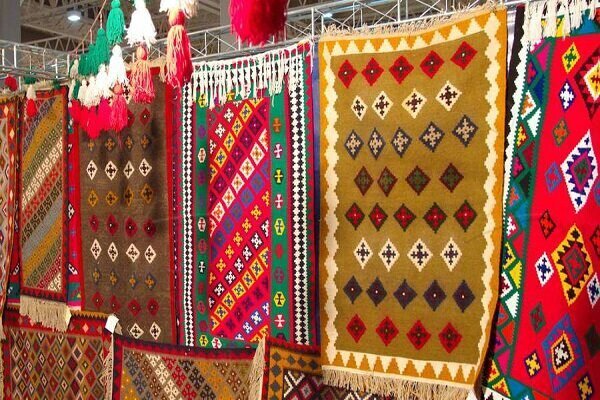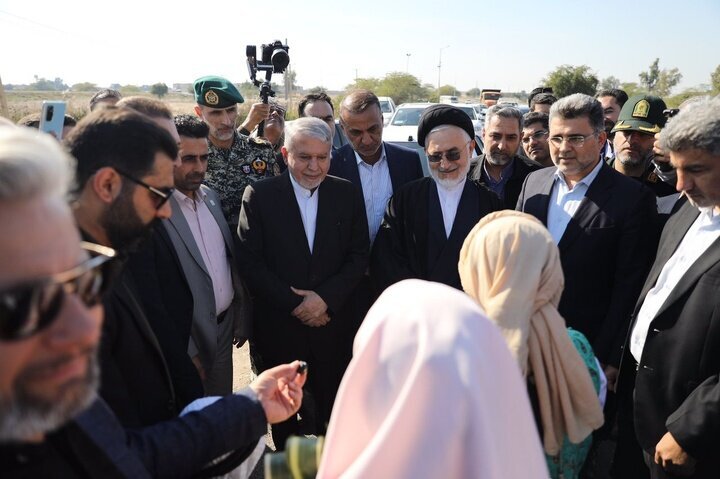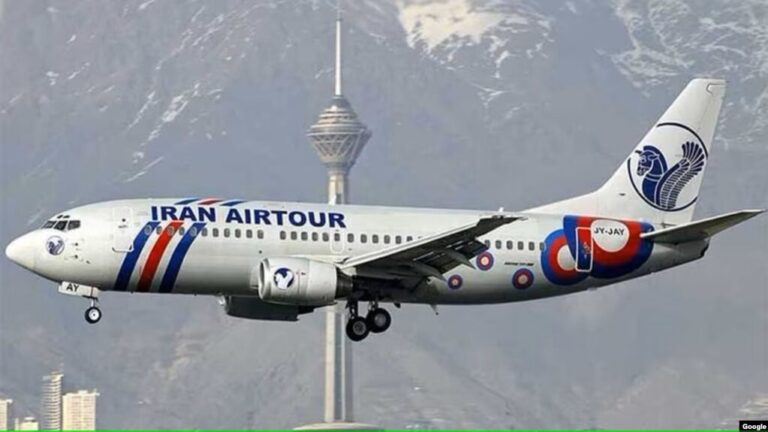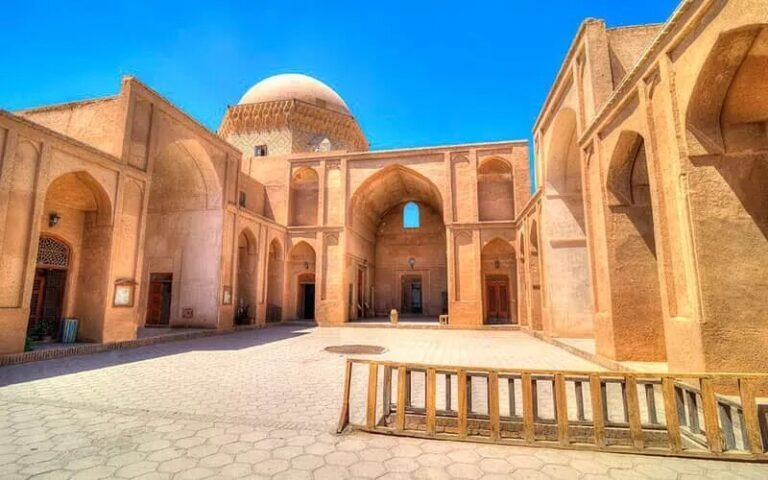Unveiling the Forgotten Tale of ‘Sindbad and Sheila’ at the Ancient Siraf Port
Siraf, a historic port in Iran’s southern Bushehr province along the Persian Gulf, boasts a rich maritime heritage that has inspired global storytelling. This ancient port has a fascinating connection to the tales of Sindbad, which have enchanted audiences worldwide.
Decades ago, a Japanese animator drew from Siraf’s storied legacy to create the beloved animated adventures of Sindbad. The character of Sindbad and his loyal bird companion, Sheila, are deeply rooted in the history of Siraf, reflecting the life of the famed Iranian sailor, Sindbad Bahri. Sheila’s name itself is derived from the ancient name of the port, as reported by ILNA.
Sindbad Bahri was among the 42 sailors from Siraf who navigated the waters between Bushehr and as far as China using traditional lenjs and sailboats. Despite his Iranian origins, many people mistakenly perceive Sindbad as an Arabian character, largely due to the popularity of Japanese animations that have circulated in Arab nations, leading to a misassociation.
Another prominent figure from Siraf was Sulayman, a 9th-century Muslim merchant, traveler, and author. He journeyed to China and its western region known as Machin, well before Marco Polo. His travelogue, titled “Akhbar al-Sin wa al-Hind,” was penned in Arabic and is currently housed in France’s Louvre Museum, with translations available in six modern languages.
Mohammad Kangani, the head of the Siraf-Pars Museum Institute NGO, revealed that 17,000 ancient artifacts related to Siraf are preserved at the London Museum, showcasing one of the richest historical collections in West Asia. He noted that the Siraf Museum currently spans over 2,000 square meters and has plans to evolve into a smart museum.
Kangani emphasized the importance of globally recognizing Siraf, which would affirm the historical name of the Persian Gulf. This recognition could counteract efforts by neighboring Arab countries attempting to alter its designation. He proposed the establishment of a Persian Gulf and Siraf Studies Research Institute adjacent to the Siraf Museum, allowing students to explore the region’s scientific and historical resources through theses and research.
Siraf has long been recognized as a vital trade hub during both the pre-Islamic and early Islamic periods, connecting Iran with distant regions including China, India, and East Africa. The port served as Iran’s most significant maritime center from the Sassanid period until the 4th century AH, showcasing the Persian mastery of seafaring and international trade.
- Siraf was a major city on the Iranian coast, integral to maritime trade networks.
- The British Institute of Persian Studies conducted extensive excavations at Siraf between 1966 and 1973.
- Trade routes facilitated the exchange of goods from India, the Far East, and Eastern Africa between 800 CE and 1050.
Today, the historical and architectural monuments in Bushehr include a variety of Islamic structures such as mosques and prayer centers, alongside mansions, towers, and castles. The province also features significant relics from the Elamite, Achaemenid, Parthian, and Sassanid eras, which further enrich its cultural tapestry.
In summary, Siraf is not just a port; it is a testament to Iran’s maritime history and a significant contributor to global narratives. Efforts to preserve and promote its heritage are crucial for future generations, ensuring that the legacy of Siraf and its role in the Persian Gulf’s history is recognized and celebrated around the world.






